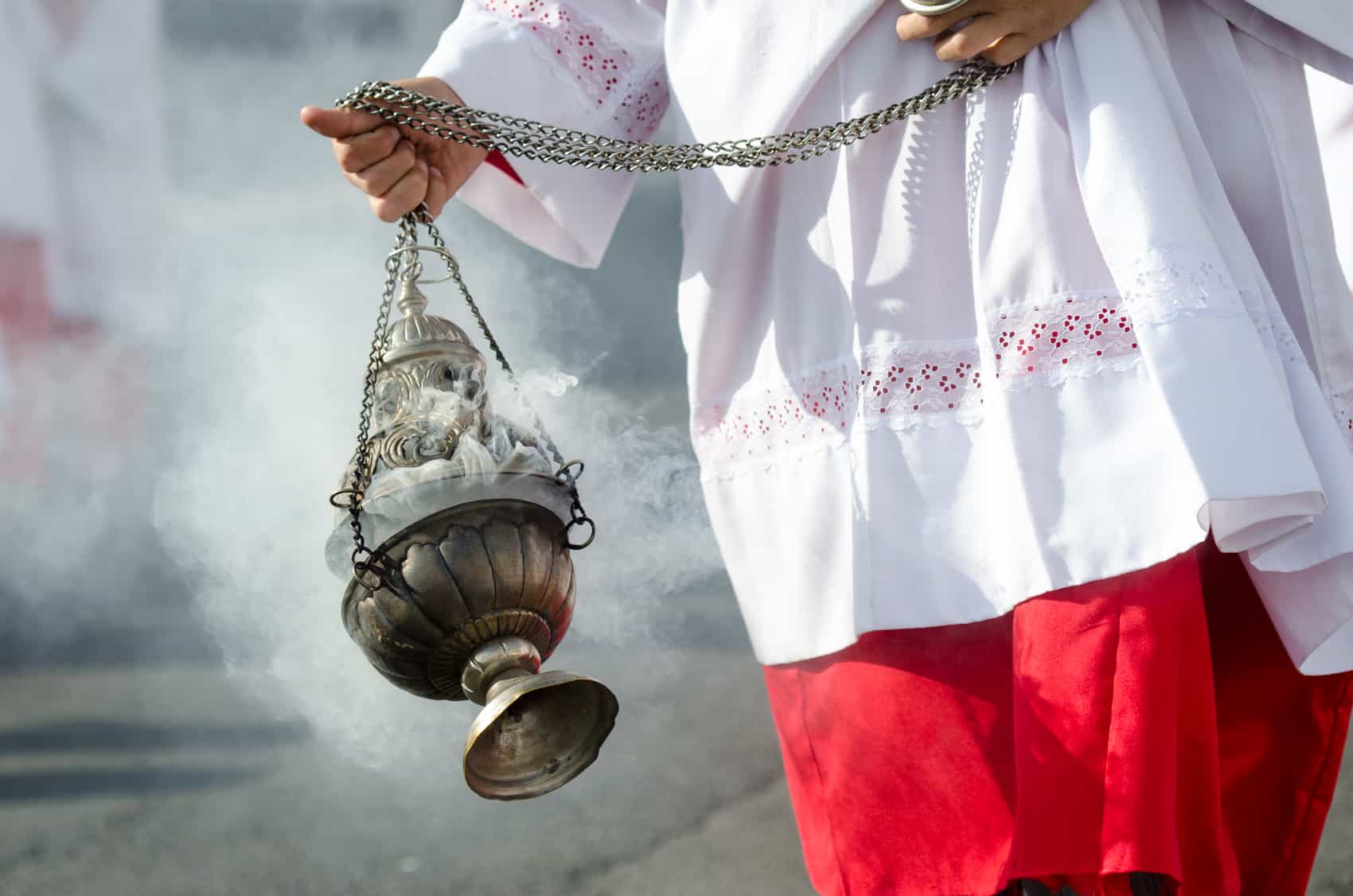Easter (Semana Santa), or Holy Week, is a cornerstone of Costa Rican culture, where centuries-old Catholic traditions blend with lively community spirit, captivating expats, tourists, and travelers. This sacred week before Easter Sunday features solemn rituals, vibrant processions, quirky superstitions, and family gatherings, offering an authentic glimpse into Tico life. Whether you’re living in Costa Rica or just visiting, here’s how to enjoy yourself if your here during this time.
Sacred Rituals and Time-Honored Traditions
For Costa Rican Catholics, Semana Santa is a deeply spiritual time, honoring Jesus’ Passion, Death, and Resurrection. Historically, from Holy Wednesday to Good Friday, daily activities paused to avoid bad luck. Women cooked meals like sopa de pescado (fish soup) or miel de chiverre (sweet squash dessert) in advance, reheating them to focus on prayer, while men gathered extra firewood. Today, while some families uphold these customs, many Ticos attend special Masses, join processions, or watch Easter classics like Jesus of Nazareth or The Ten Commandments, merging faith with modern downtime.
Good Friday is a highlight, with a nationwide moment of reflection at 3 p.m., marking Christ’s death. Churches host meditations on the Passion, and cities like San José and Cartago stage dramatic processions re-enacting the Stations of the Cross. Expats and visitors can experience live Passion performances in San Joaquín de Flores or Mercedes Norte in Heredia, northwest of San José, or join Cartago’s events, often linked to the Basilica de Nuestra Señora de los Ángeles’ pilgrimage tradition. In Alajuela, intricate sawdust carpets (alfombras) line procession routes, a colorful draw for tourists.
Superstitions and Playful Folklore
Holy Week brims with superstitions that add charm for newcomers. A famous warning cautions against swimming on Good Friday, lest you turn into a fish—a tale still shared in beach towns like Jacó or Nosara. Climb a tree that day, and you might grow a tail. Fortune hunters chase a daring legend: at midnight on Good Friday, the higuerón (giant fig) tree blooms under a cloud where the devil waits. Snag the flower without getting caught, and you’ll strike it rich with lottery winnings.
Single men beware: carrying the Saint John icon during the Holy Burial procession is said to doom you to bachelorhood. In rural Guanacaste towns like Nicoya or Santa Cruz, another tradition thrives: at midnight on Holy Saturday, locals burn a cloth effigy of Judas Iscariot, symbolizing betrayal’s end. Afterward, pranksters gather items left outside homes—oxcarts, shoes, garden tools—and pile them on the town soccer field. Residents often pay a small church donation to retrieve their belongings, with funds aiding the poor or church upkeep, turning mischief into goodwill.
Festive Moments and Modern Twists
Holy Saturday blends solemnity and celebration. Masses focus on the Resurrection’s anticipation, followed by lively church gatherings with music, flowers, coffee, and tamales. In some towns, the Judas burning sparks community festivities, though a past earthquake during a Holy Saturday rattled Ticos, adding a cautious note to the day. Coastal areas like Puntarenas or Guanacaste draw crowds, but rural towns offer quieter, authentic experiences with traditional marimba music or cimarronas (brass bands).
For vistors, Semana Santa is a chance to see Costa Rica’s diversity in action. Processions in San José feature Roman soldier costumes and candlelit marches, while Alajuela’s La Agonía procession showcases stunning alfombras. To navigate the holiday rush, book rooms early in popular spots like Manuel Antonio or Monteverde. Domestic flights with SANSA Airlines can bypass traffic to destinations like Liberia or Quepos, a tip expats and tourists alike appreciate.
Tips for Immersing in the Experience
To really enjoy Semana Santa, you need to plan ahead and embrace the pura vida lifestyle found here (i.e. Patience). Many businesses close from Holy Thursday to Easter Sunday, especially in rural areas, so stock up on essentials. Public transport may run on reduced schedules, and roads to coastal destinations get congested—consider SANSA for quicker travel. Dress modestly for church events and processions, and carry cash for street vendors selling empanadas or churros.
For a richer experience, join a community activity. Help decorate a church altar or chat with locals about their favorite traditions over café chorreado. Photographers should seek evening processions in Heredia or Cartago for dramatic shots, but always ask permission during sacred moments. Expats can bond with neighbors by sharing a homemade arroz con leche, while tourists can savor the communal meals often served after Holy Saturday Masses.
Why Semana Santa Shines
Semana Santa is more than a religious holiday; it’s a celebration of Costa Rica’s faith, resilience, and community spirit. For expats, it’s a chance to connect with Tico culture. For tourists, it’s an immersive journey into a nation where devotion and festivity intertwine. Whether you’re watching a Passion play in Heredia, laughing over a Judas prank in Guanacaste, or tasting miel de chiverre, Holy Week creates memories that linger long after Easter.
| Tradition | Description | Where to Experience |
|---|---|---|
| Good Friday Processions | Solemn marches with live Passion re-enactments and Stations of the Cross. | San Joaquín de Flores, Mercedes Norte (Heredia), Cartago, San José |
| Judas Burning | Midnight burning of a Judas effigy, followed by playful item collection for charity. | Guanacaste towns (Nicoya, Santa Cruz) |
| Sawdust Carpets | Colorful carpets of dyed sawdust crafted for processions. | Alajuela, select San José areas |
| Easter Meals | Dishes like sopa de pescado, miel de chiverre, and arroz con leche. |






